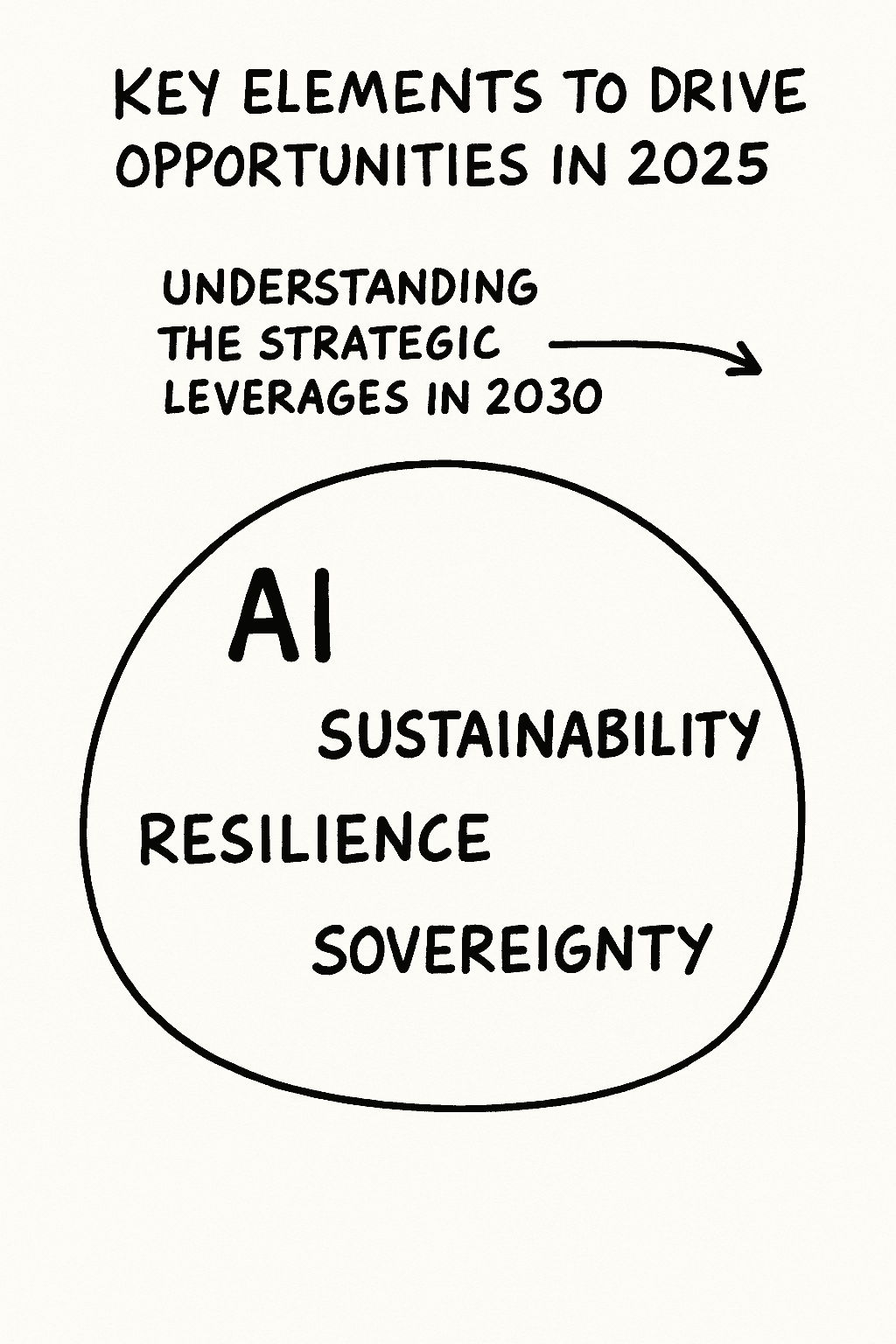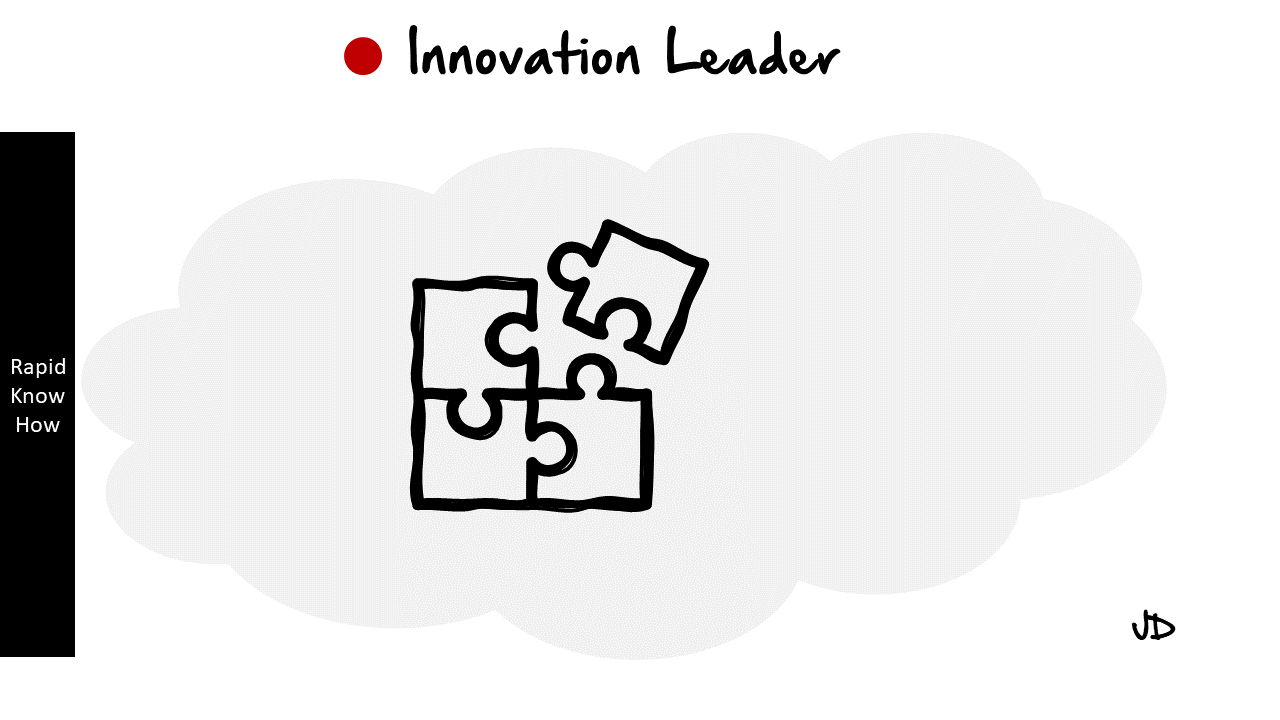The RapidKnowHow Process : Assessing Market Expansion
Market Expansion drives > What is the root cause > What are the Main Categories > What are the main subcategories > What are Options for Solutions > What is the feasibility of the solution > Time constraint > Resources required > Expected Effectiveness > Outcome : Ranking of Options from Best to Worst > Conclusion > Get started
Market Expansion Drives Analysis
1. Root Cause
The need for market expansion often arises due to the following root causes:
- Market Saturation: Existing markets becoming saturated, limiting growth opportunities.
- Increased Competition: Competitors entering the market, leading to diminishing returns in current markets.
- Diversification Goals: Companies seeking new revenue streams to reduce dependency on existing products/services.
- Globalization Trends: Opportunities arising from new regions due to globalization and trade agreements.
- Consumer Demand: Evolving consumer preferences necessitating entry into new markets to fulfill demand.
2. Main Categories
- Market Identification
- Competitive Analysis
- Marketing Strategy
- Resource Allocation
- Regulatory Compliance
3. Main Subcategories
Market Identification
- Target Market Selection: Identifying suitable markets to enter based on demographics, geography, and demand.
- Market Size Assessment: Evaluating potential market size and growth potential.
Competitive Analysis
- Competitor Mapping: Analysis of competitors in potential markets.
- Market Positioning: Understanding how to position against local competitors.
Marketing Strategy
- Value Proposition Development: Crafting a compelling value proposition tailored to the new market.
- Promotion Strategies: Identifying effective marketing channels and promotional tactics.
Resource Allocation
- Financial Resources: Budgeting for market entry activities, including marketing and operations.
- Human Resources: Ensuring the right talent and operational capacity for expansion.
Regulatory Compliance
- Legal Requirements: Understanding and adhering to local laws, regulations, and tax implications.
- Cultural Considerations: Adapting business practices to align with local customs and market norms.
4. Options for Solutions
- Conduct Market Research: Hiring research firms or utilizing data analytics for insights into new markets.
- Partnerships/Joint Ventures: Collaborating with local firms to ease market entry and navigate complexities.
- Marketing Campaign Development: Creating targeted marketing strategies for new regions.
- Hire Local Talent: Employing region-specific experts to guide market penetration.
- Institutional Compliance: Consulting legal experts to ensure compliance with local laws and regulations.
5. Feasibility of Solutions
- Conduct Market Research: High feasibility; manageable cost and accessible data resources.
- Partnerships/Joint Ventures: Medium feasibility; depends on finding suitable local partners.
- Marketing Campaign Development: High feasibility; leverage existing marketing frameworks.
- Hire Local Talent: Medium feasibility; recruitment could take time and resources.
- Institutional Compliance: High feasibility; legal and consulting firms can provide support.
6. Time Constraint
- Short-term (0-3 months): Initial market research and partnership identification.
- Medium-term (3-6 months): Development of marketing strategies and recruiting local talent.
- Long-term (6-12 months): Launching products/services and establishing a presence in the new market.
7. Resources Required
- Financial Resources: Budget for research, marketing campaigns, local hiring, and partnership initiatives.
- Human Resources: Involvement from marketing, sales, and research teams along with new local hires.
- Technological Resources: Tools for data analytics, customer relationship management, and marketing automation.
8. Expected Effectiveness
- Market Research: High effectiveness; provides necessary data for informed decisions.
- Partnerships/Joint Ventures: High effectiveness; mitigates market entry risks and facilitates local knowledge.
- Marketing Campaign Development: Medium to high effectiveness; tailored content leads to better engagement.
- Hire Local Talent: High effectiveness; local expertise improves market understanding.
- Institutional Compliance: High effectiveness; minimizes risk of legal issues during expansion.
9. Outcome: Ranking of Options from Best to Worst
- Conduct Market Research – Essential for informed decision-making and reducing entry risks.
- Partnerships/Joint Ventures – Provides local support, reducing barriers to entry.
- Hire Local Talent – Ensures that the company is well-informed about local market dynamics.
- Marketing Campaign Development – Enhances visibility and acceptance of the product/service.
- Institutional Compliance – Critical for smooth operations but often viewed as a background process.
10. Conclusion
Market expansion is crucial for sustainable growth, especially in scenarios of market saturation or increasing competition.
By addressing factors such as thorough market research, partnerships, local talent acquisition, and focused marketing strategies, organizations can successfully enter and thrive in new markets.
Establishing a strong regulatory compliance framework ensures that operations are lawful and culturally appropriate.
11. Get Started
- Step 1: Conduct a comprehensive assessment of current markets to identify saturation points and growth opportunities.
- Step2: Perform market research to pinpoint target markets, assess size, demographics, and consumer demand.
- Step 3: Identify potential partnerships or joint ventures in the selected markets, focusing on reputable companies with local expertise.
- Step 4: Develop tailored marketing campaigns that resonate with the identified target demographics.
- Step5: Hire local talent and ensure due diligence on compliance to navigate legal landscapes in new markets.
By following these steps, organizations can effectively position themselves for successful market expansion, establishing a foothold that fosters long-term growth and profitability.




